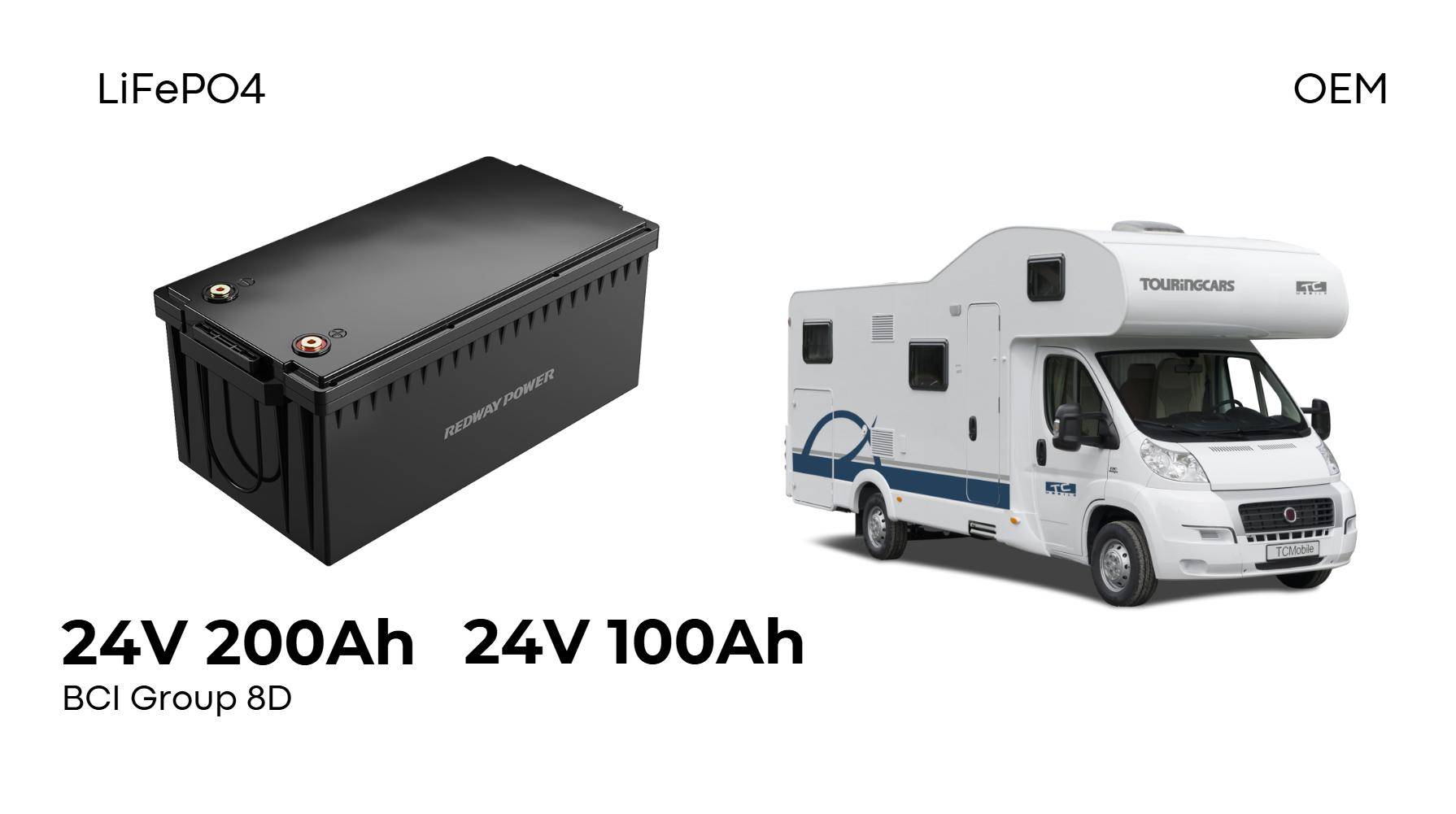
Blog
What Are the Key BCI Battery Industry Trends Shaping 2025?

The BCI battery industry in 2025 will focus on solid-state battery commercialization, sustainable manufacturing practices, AI-driven supply chain optimization, lithium-sulfur battery breakthroughs, and circular economy adoption. These trends address energy density demands, environmental regulations, and cost efficiency, positioning the sector for transformative growth.
How Are Solid-State Batteries Redefining Energy Storage?
Solid-state batteries will dominate 2025 trends with higher energy density (500+ Wh/kg) and enhanced safety via non-flammable electrolytes. Companies like QuantumScape and Toyota plan pilot production lines, targeting electric vehicles and grid storage. This technology eliminates dendrite formation risks, enabling faster charging (0-80% in 12 minutes) and 1,500+ cycle lifetimes.
Recent partnerships between automakers and battery innovators are accelerating deployment. Volkswagen’s PowerCo division is constructing a 20 GWh solid-state facility using QuantumScape’s proprietary ceramic separator technology. These batteries demonstrate 94% capacity retention after 100,000 simulated miles, addressing range anxiety concerns. Thermal management breakthroughs allow operation at 60°C without performance degradation, critical for tropical markets. The table below compares key parameters:
| Parameter | Solid-State | Traditional Li-ion |
|---|---|---|
| Energy Density | 500 Wh/kg | 270 Wh/kg |
| Charge Time (20-80%) | 9 minutes | 18 minutes |
| Production Cost (2025) | $98/kWh | $72/kWh |
Why Is Sustainable Lithium Extraction Critical for 2025?
Direct lithium extraction (DLE) methods using adsorption and ion exchange will reduce water usage by 70% compared to traditional evaporation ponds. Projects in Chile’s Atacama Desert and California’s Salton Sea leverage geothermal brines to cut land footprint. The BCI forecasts DLE will supply 40% of global lithium by 2025, aligning with EU Battery Passport requirements.
New membrane-based extraction technologies achieve 90% lithium recovery rates from low-concentration brines. Lilac Solutions’ ion exchange beads paired with hydrochloric acid regeneration are being deployed across Bolivia’s salt flats, reducing processing time from 18 months to 8 hours. Environmental impact studies show DLE operations consume 83% less freshwater than conventional methods, crucial for arid regions. Major producers are adopting these technologies to meet ESG investment criteria:
| Method | Water Use | Land Use | Recovery Rate |
|---|---|---|---|
| Evaporation Ponds | 500,000 L/ton | 10 km² | 40% |
| DLE (Adsorption) | 70,000 L/ton | 2 km² | 85% |
Which AI Innovations Are Optimizing Battery Manufacturing?
Neural networks now predict electrode slurry homogeneity within 0.3% accuracy, reducing waste by 22%. Digital twin systems simulate production lines in real-time, boosting throughput by 18%. CATL’s “Zero-Carbon Factories” use AI-powered impurity detection to achieve 99.995% cell consistency – a key enabler for V2G (Vehicle-to-Grid) compatibility standards.
What Role Will Battery-as-a-Service (BaaS) Models Play?
Swappable battery networks will grow 300% by 2025, led by NIO’s Power Swap Station 3.0 (3-minute swaps). The BaaS market will hit $28.4 billion through modular designs enabling 15-year lifecycle management. This model decouples battery costs from EV pricing, reducing upfront consumer costs by 35% while enabling 2nd-life grid storage applications.
How Are Graphene Hybrid Batteries Revolutionizing Performance?
3D graphene electrodes increase surface area by 400%, enabling 350 kW charging for heavy trucks. Sila Nanotechnologies’ Titan Silicon anode achieves 20% higher energy density than graphite. These hybrids operate at -40°C to 80°C, critical for Arctic energy storage and desert solar farms. Cost projections show parity with LFP batteries by Q3 2025.
Expert Views
“The 2025 inflection point comes from merging material science breakthroughs with Industry 4.0 logistics. Our pulsed laser deposition techniques now grow solid electrolytes at 10μm/minute – 15x faster than 2022 methods. This allows gigawatt-scale production critical for aviation and maritime electrification.”
– Dr. Elena Voss, Battery Innovation Consortium
Conclusion
The BCI battery sector’s 2025 trajectory hinges on closing the innovation-commercialization gap. From sulfide-based solid electrolytes to blockchain-enabled recycling ecosystems, these advancements will reduce reliance on critical minerals by 30% while tripling global storage capacity. Success requires cross-industry collaboration, with standardized testing protocols being the final hurdle to widespread adoption.
FAQs
- Will solid-state batteries replace lithium-ion by 2025?
- No. Solid-state will capture 18% of the EV market by 2025, coexisting with improved lithium-ion variants. Cost remains 2.3x higher per kWh, but premium automakers will adopt them for luxury models first.
- How sustainable are new battery technologies?
- 2025 batteries target 95% recyclability through hydrometallurgy advances. The BCI’s Closed-Loop Initiative aims to recover 92% of cobalt and 89% of lithium via automated disassembly lines, reducing mining dependence by 2040.
- Are sodium-ion batteries part of 2025 trends?
- Yes. Sodium-ion will hold 12% of stationary storage markets due to $35/kWh costs and -30°C performance. CATL’s AB battery systems combine sodium and lithium cells, optimizing for both cost and energy density.
Know more:
What Are the Key BCI Battery Industry Trends Shaping 2025?
Latest Breakthroughs in BCI Battery Technology
What Drives Global Demand and Supply in the BCI Battery Market?
What Were the Key Highlights of the 2025 BCI Battery Exhibition in Birmingham
What Are the Most Impactful BCI Battery Customer Success Stories
How to Download the BCI Battery White Paper: Industry Insights and Resources



